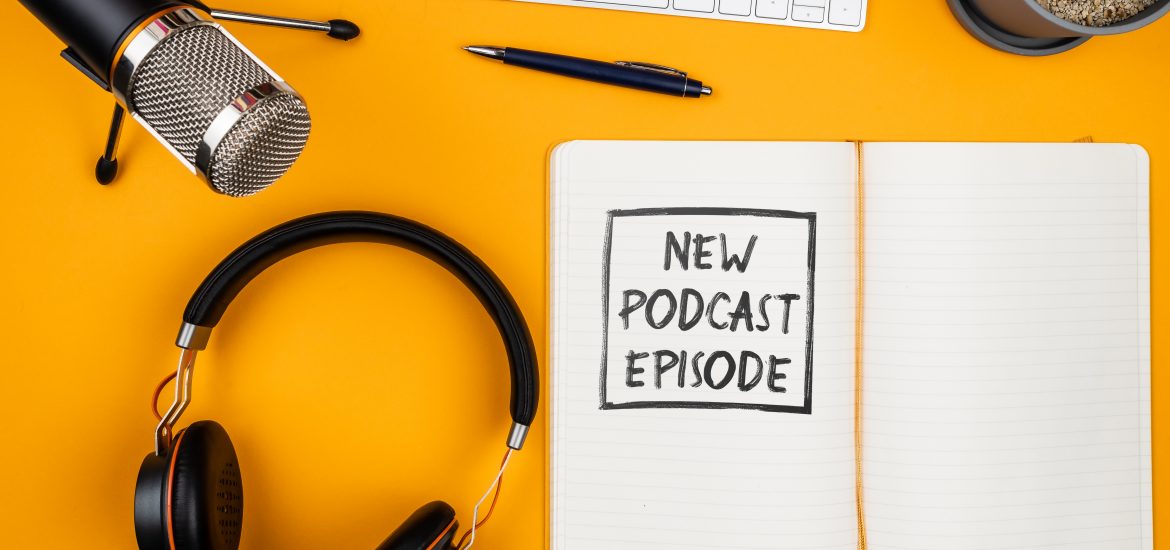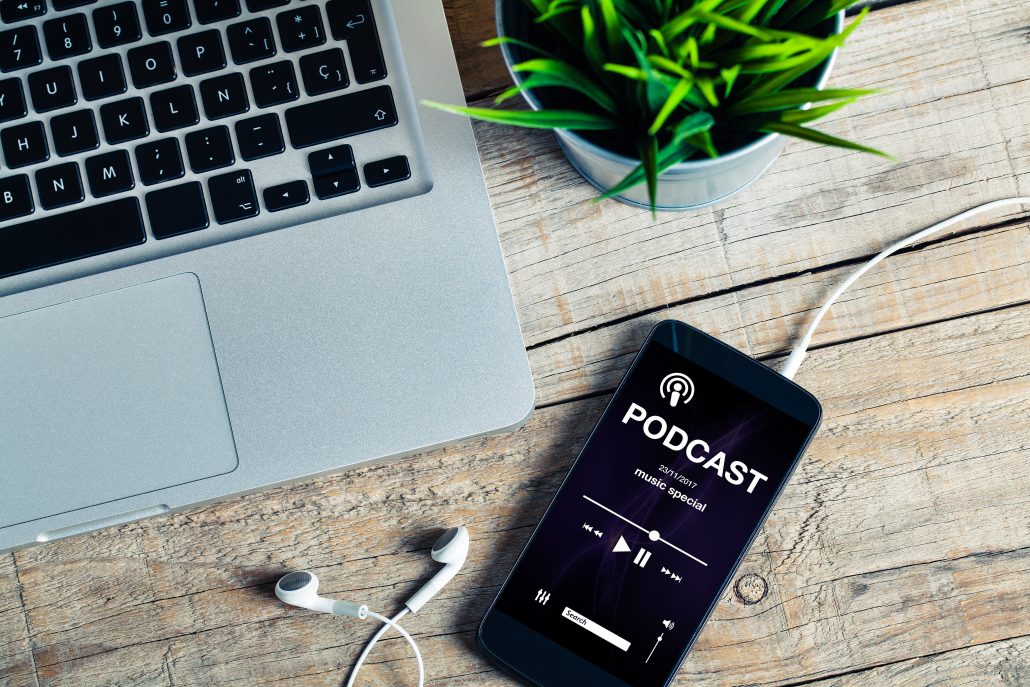
Once you listen to podcasts, you’ll discover a lot of them are a bit familiar. You may have heard similar kinds of content over the years from the television to a radio talk show. Conversely, you’ll also hear podcasts that are entirely different and new to the norm, thanks to the freedom that podcasting allows.
“But,” you may be wondering, “what is a podcast, really?”
Basically, podcasts are a series of audio episodes that are focused on a certain theme or topic like start-ups or cycling. With the use of proper equipment like good audio editing software and the best streaming microphone, anyone can make his or her own podcast.
The majority of podcasts are themed around a certain topic. The host talks about that topic in all episodes. Sometimes, it’s specific like dog training or triathlon racing, and other times it’s more general like how to have a happy life.
Every episode of podcasts talks about something specific within that topic, and oftentimes it’s run by one or more presenters talking about that subject and they’ll get outside guests on to be interviewed or to contribute.
Most podcasts are simple, just some people chatting about a topic they’re passionate about like running a business, movies, or knitting. However, others are super polished, including professional editing, theme music, and sound effects.
Some professional podcasts are also great to listen to, but they take more money and time to produce. On the other hand, amateur shows have some rough edges, but it could mean that they can get it out every week and grow a loyal following.
There are different types of podcasts you can choose from these days and they are:
- Monologue Podcasts – These commentary-style podcasts are built around one personality, which provides the show a single point of view or a voice. For instance, with today’s pandemic, you can provide quarantine content as your day-to-day podcast.
- Interview Style Podcasts – These are the most common format of podcasts. An interview style often features a host who interviews and introduces guests. An offshoot of this type is basically a roundtable or panel-discussion format with hosts who lead the conversation.
- Multiple Hosts Podcasts – These podcasts are divided up between two or more co-hosts that share the show.
- Mixed Podcasts – It’s a hybrid format of podcasts that uses different elements of some content types. It may also repurpose content from some mediums like television or radio.
- Narrative Podcasts – It’s a storytelling style of podcasts, also commonly referred to as audio drama or audio fiction. In some ways, this kind has made podcasting more popular.
How to Get Started with Podcasting
With the different podcasts being uploaded daily, you might think that you’re already late for the party. But, when it comes to podcasting, you’re never too late to start your own podcast. Of course, the competition can be tough – but, with thoughtfully structured episodes and careful planning, you’ll be able to make a noise around your niche.
Below are the things you may need to get started with your podcasts:
- Get Proper Equipment
To get started with podcasting, you’ll basically need a good microphone and audio editing software.
When looking for a microphone, you may buy an XLR microphone, which is a kind of electrical connector used on most audio equipment that can be connected to a mixer for a better-quality sound. A USB microphone is also a good option for podcasting. Since almost all computers have several USB ports, USB microphones are best for beginners. This is especially true since such microphones are plug-and-place, which basically means no drivers and installation are required.
When it comes to audio editing and recording software, you also have the freedom to use anything you want. Just make sure to choose the one that can help you record audio from your microphone and save it into your preferred format like MP3 audio file.
- Provide a Preview of Your Format
While some listeners are okay with any formats of podcasts, there are others who are very particular with their options. If you’re making different episodes, consider setting some expectations for your listeners by having consistent formats for your episodes and preview it immediately.
A great podcast tip for beginners is to have a special guest that you may introduce when your recording starts or include some recurring sections like “Ask Anything” or “Top Trends.” Such sections may be broken up with transitions, which may inform listeners that it’s the end of your section. Using a formula won’t just help you create your preferred content, but it may also help your listeners to skip some parts if they don’t much free time to listen to your podcast.
- Follow the Ideal Frequency and Length
Ideal frequency and length are a hot topic in podcast hosting. Others say it’s best to follow a posting schedule weekly while some say an episode a month is enough. So, what’s the perfect blend for your podcast?
Well, the ideal frequency to publish podcasts is every week and the best length for podcast episodes is 22 minutes. You can publish a podcast during Tuesdays or Wednesdays. However, this may vary depending on your genre, format, and resources.
- Know Your Niche
Even the best podcast in the world isn’t going to be catered towards everyone. Rather than trying to go abroad, start by determining your niche. Think of your core audience and work on attracting your listeners first. After having a following, you may start thinking of moving to attract broader banks of listeners.
- Relax and Have Fun
When creating a podcast, it’s okay to be nervous once you get started with recording. But, the key to avoid this is to chat with your guests before getting started with recording. It’ll help you relax during the conversation and will make things more fun for you and your guest.
Bottom Line
Now that you know the basics of podcasts and how to start working on one, it’s time to practice your podcasting skills. If you have your own microphone already, record some test episodes talking about your ideas or certain topics you’re interested with. Then, edit it using your preferred audio editing software. You don’t need to upload your podcast episodes immediately. Just be comfortable with the process first and upload your podcast when you’re ready.
If you’re looking for a podcast to listen to, consider Day by Day!


